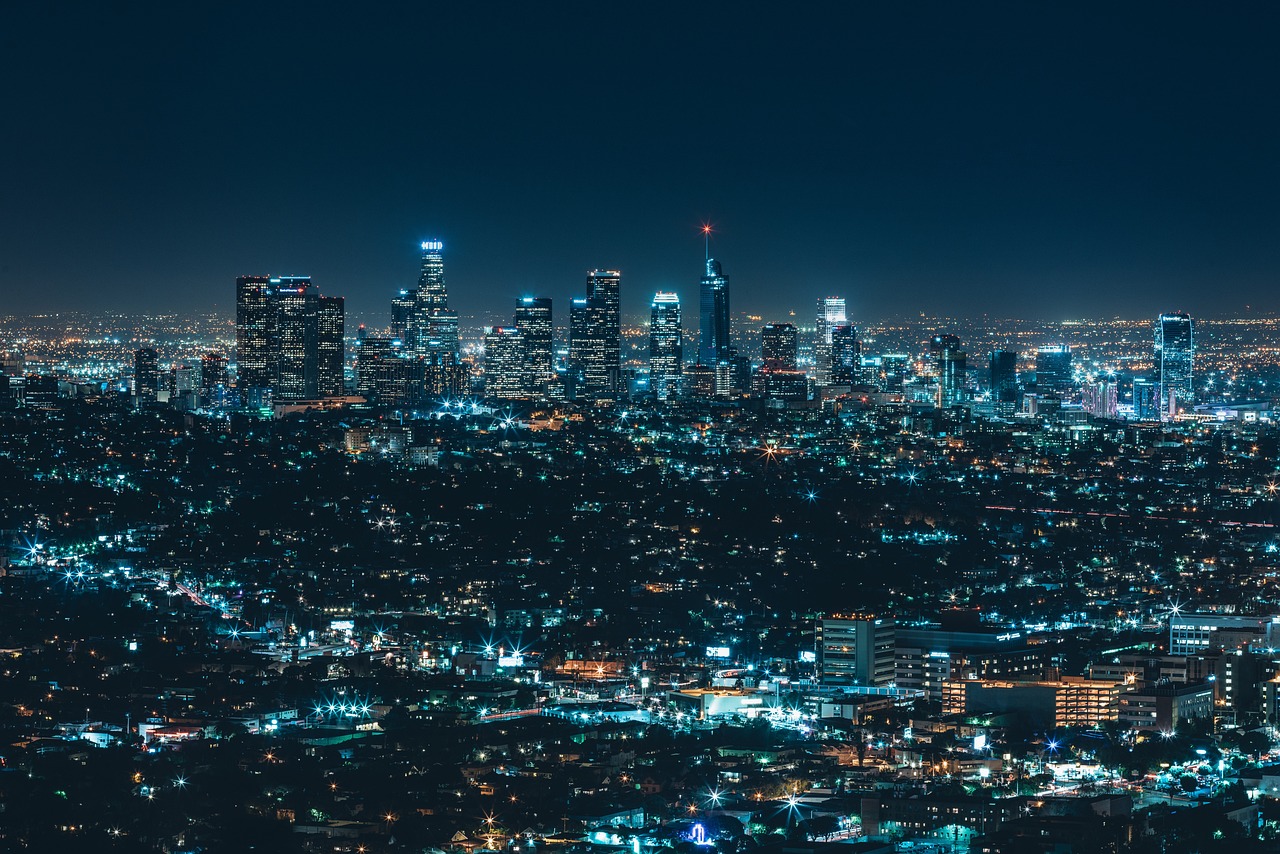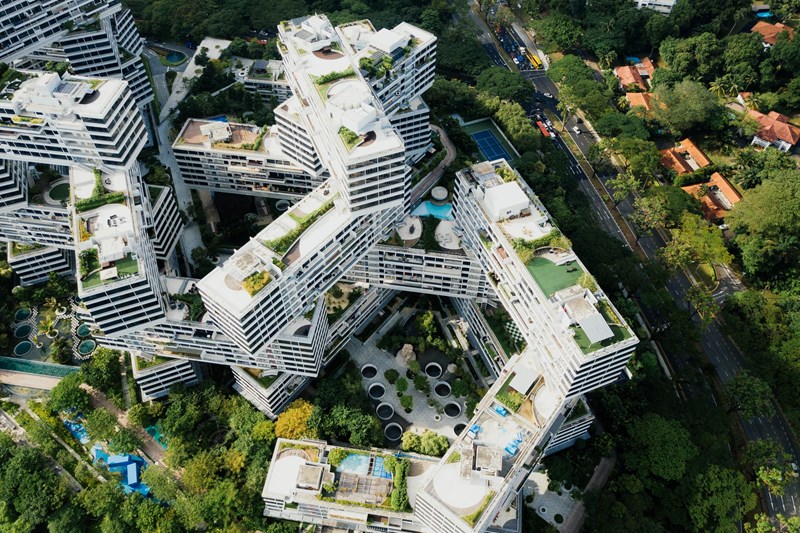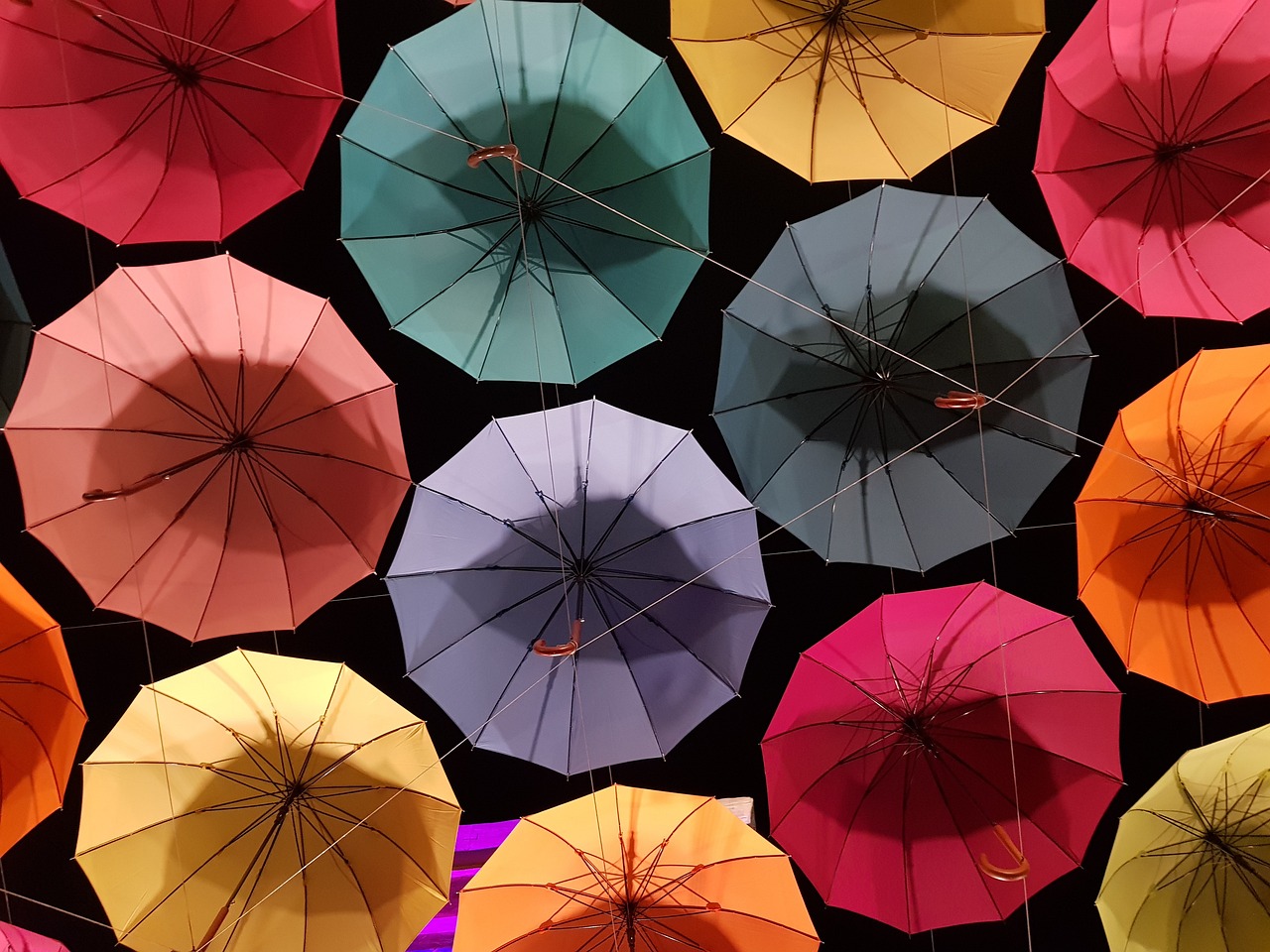Introduction
As China continues its rapid urbanization, its cities are emerging as captivating cultural landscapes that blend history, tradition, and innovation. The architectural marvels and urban planning in modern Chinese cities tell a story of a nation at the intersection of preserving its rich heritage while embracing a future filled with technological advancement and sustainable living.
China’s urbanization is a testament to the nation’s transformation on multiple fronts. With a history dating back thousands of years, Chinese cities showcase a unique fusion of ancient culture and contemporary design. The architectural diversity, from the ancient wonders of Beijing’s Forbidden City to the futuristic skyscrapers of Shanghai’s Pudong district, paints a vivid picture of China’s evolution.
One of the remarkable aspects of modern Chinese cities is their ability to harmonize tradition and innovation. Walking through the narrow alleyways of Beijing’s hutongs or the historic streets of Xi’an, you’ll encounter ancient structures that have stood the test of time. These neighborhoods offer a glimpse into China’s rich past, providing a stark contrast to the soaring glass and steel structures that define its modern skyline.
In addition to preserving historical sites, many Chinese cities are pioneering sustainable urban planning and architecture. With the growing awareness of environmental challenges, urban designers are incorporating green spaces, energy-efficient buildings, and eco-friendly transportation systems into city plans. The combination of technological advancements and sustainable practices positions Chinese cities as leaders in the global effort to combat climate change.
Moreover, China’s smart cities are at the forefront of urban innovation. Cities like Shenzhen are experimenting with cutting-edge technologies like 5G, artificial intelligence, and the Internet of Things (IoT) to enhance urban living. These smart initiatives range from intelligent traffic management to waste sorting using AI-powered robots.
The cultural diversity within China’s cities is another captivating aspect. As urbanization draws people from various regions and backgrounds to city centers, it fosters a rich tapestry of traditions and cuisines. Chinatowns, while common in many global cities, have their roots in China itself, where different regional flavors and customs converge.
In essence, China’s urbanization journey is a complex narrative of preserving cultural heritage, embracing innovation, and addressing environmental concerns. Its cities are dynamic, multifaceted cultural landscapes that offer a glimpse into the nation’s remarkable past, its ambitious present, and its promising future. As we explore these cities, we embark on a captivating journey through time, tradition, and progress in the heart of modern China.
Explore this link for a more extensive examination of the topic: International Principles and Local Practice of Cultural Heritage …
One of the remarkable aspects of modern Chinese architecture is its ability to incorporate elements of traditional Chinese design into contemporary structures. Ancient Chinese architecture, with its iconic curved roofs, intricate wooden carvings, and tranquil courtyards, has influenced many architects seeking to connect the past with the present.
In cities like Beijing and Xi’an, historic landmarks such as the Forbidden City and the Xi’an City Wall coexist harmoniously with modern skyscrapers. The juxtaposition of ancient and modern creates a unique visual narrative, reminding residents and visitors alike of China’s rich history.
“One of the remarkable aspects of modern Chinese architecture is its ability to incorporate elements of traditional Chinese design into contemporary structures. Ancient Chinese architecture, with its iconic curved roofs, intricate wooden carvings, and tranquil courtyards, has influenced many architects seeking to connect the past with the present. In cities like Beijing and Xi’an, historic landmarks such as the Forbidden City and the Xi’an City Wall coexist harmoniously with modern skyscrapers. The juxtaposition of ancient and modern creates a unique visual narrative, reminding residents and visitors alike of China’s rich history. This architectural fusion serves as a testament to China’s ability to bridge tradition and innovation, offering a glimpse into its multifaceted cultural heritage.”
To expand your knowledge on this subject, make sure to read on at this location: Planning and shaping the urban form through a cultural approach

China’s economic growth has led to a construction boom, resulting in some of the world’s most iconic skyscrapers. Cities like Shanghai, Shenzhen, and Guangzhou boast a dazzling skyline adorned with architectural wonders. The Shanghai Tower, a twisting marvel of sustainable design, reaches heights previously unimaginable.
These skyscrapers not only redefine the cityscape but also serve as symbols of China’s ascent on the global stage. They showcase the nation’s commitment to innovation, engineering excellence, and environmentally sustainable practices.
China’s skyscrapers indeed stand as modern marvels, and they represent several remarkable facets of the country’s growth and vision:
1. Architectural Innovation: China’s skyline is a canvas for architectural experimentation. Skyscrapers like the Shanghai Tower, Guangzhou CTF Finance Centre, and Ping An Finance Center in Shenzhen are architectural wonders. They push the boundaries of design, engineering, and construction techniques. These structures often incorporate cutting-edge technology, materials, and sustainable features, setting new global standards in architectural innovation.
2. Economic Prosperity: The proliferation of skyscrapers in China reflects its unprecedented economic growth over the past few decades. As urbanization and industrialization accelerated, cities became hubs of economic activity. The towering skyscrapers symbolize prosperity, financial strength, and China’s position as a global economic powerhouse.
3. Sustainable Design: China’s commitment to sustainable development is evident in many of its skyscrapers. For instance, the Shanghai Tower is a shining example of sustainable architecture. It incorporates features like wind turbines, rainwater harvesting, and energy-efficient systems to reduce its environmental footprint. This reflects China’s awareness of the importance of sustainable urban development amid rapid urbanization.
4. Urbanization and Population Density: China’s massive population and rapid urbanization have necessitated vertical growth. Skyscrapers help accommodate the growing urban population, making efficient use of limited urban space. These towering structures offer residential, commercial, and mixed-use spaces, contributing to the urban fabric and quality of life in cities.
5. Global Recognition: Iconic skyscrapers in Chinese cities have garnered global attention and recognition. They often become symbols of the cities themselves, attracting tourists and business ventures. The skyline of Shanghai, with the Oriental Pearl Tower and the Jin Mao Tower alongside the Shanghai Tower, is a prime example of this global recognition.
6. Technological Advancement: The construction of skyscrapers requires the utilization of advanced technology and engineering expertise. China’s ability to plan, design, and construct these towering structures showcases its technological capabilities and engineering prowess. It also fosters a culture of innovation in the construction industry.
7. Economic Centers: These skyscrapers often house corporate offices, financial institutions, and commercial spaces. They serve as the nerve centers of economic activity, facilitating business operations, trade, and financial transactions.
In summary, China’s skyscrapers are more than just architectural landmarks; they are symbols of its economic success, technological advancement, commitment to sustainability, and urban development. As China continues to grow and innovate, its skyline will likely see even more impressive additions that push the boundaries of architectural and engineering achievement.
Looking for more insights? You’ll find them right here in our extended coverage: AP Art History Course and Exam Description PDF

China’s urban planners are increasingly prioritizing sustainability and eco-friendliness. Green spaces, pedestrian-friendly streets, and efficient public transportation systems are integral to many urban designs. Concepts like “sponge cities” aim to improve flood resilience and water management, demonstrating a forward-thinking approach to urban planning.
The integration of sustainable features into urban landscapes aligns with China’s commitment to combating environmental challenges and reducing carbon emissions. These efforts not only enhance the quality of life for urban residents but also set an example for sustainable urban development worldwide.
Should you desire more in-depth information, it’s available for your perusal on this page: Sustainable Urban Design with Chinese Characteristics: Inspiration …

China’s cities are at the forefront of the smart city revolution. From advanced transportation systems and smart grids to facial recognition technology and mobile payment platforms, Chinese cities are embracing technological innovation to enhance efficiency and convenience for residents.
The use of technology extends to architectural design as well. Smart buildings equipped with energy-efficient systems, automated controls, and green technologies are becoming more prevalent. These structures not only reduce environmental impact but also improve the overall living experience for urban dwellers.
Certainly! Here’s an extension of the idea:
“As Chinese cities continue to evolve into smart urban hubs, the integration of technology is reshaping the urban landscape. The development of 5G networks is set to accelerate the adoption of Internet of Things (IoT) devices, enabling real-time data collection and analysis for better city planning and management. Moreover, the emphasis on sustainability is driving the construction of eco-friendly skyscrapers and green spaces within metropolitan areas, creating a harmonious blend of modernity and environmental consciousness. These advancements not only improve the quality of life for residents but also position China as a leader in urban innovation on the global stage.”
Should you desire more in-depth information, it’s available for your perusal on this page: An empirical study of Thailand cities’ color landscapes – PMC

China’s cities are melting pots of cultural diversity, attracting people from different regions and backgrounds. This cultural fusion is reflected not only in the people but also in the architecture and urban planning. From traditional neighborhoods preserving regional customs to modern cultural centers showcasing contemporary art, Chinese cities celebrate their diverse heritage.
China’s cities have become dynamic hubs of cultural diversity, drawing people from various corners of the country and around the world. This rich tapestry of cultures and traditions converges in these urban landscapes, resulting in a fascinating cultural fusion that shapes the very essence of these metropolises.
In these cities, the blending of cultures is not confined to the people alone; it extends to the very fabric of the urban environment. Traditional neighborhoods stand as living testaments to regional customs and practices, preserving the heritage of diverse Chinese provinces. Amidst the rapid modernization and urban development, these pockets of tradition offer a glimpse into the past, allowing residents and visitors alike to connect with their roots.
Yet, Chinese cities are not frozen in time. They are also beacons of innovation and contemporary expression. Modern cultural centers and art districts have emerged, showcasing the vibrancy of China’s contemporary art scene. Here, artists, creators, and cultural enthusiasts converge, fostering a vibrant atmosphere of creativity and expression.
In essence, Chinese cities are a harmonious blend of old and new, tradition and innovation, where the past enriches the present, and the present shapes the future. This cultural diversity and fusion make them not only economic powerhouses but also centers of cultural exchange and expression, embodying the essence of China’s multifaceted identity.
To expand your knowledge on this subject, make sure to read on at this location: An empirical study of Thailand cities’ color landscapes – PMC

Conclusion
In conclusion, modern Chinese cities are vibrant cultural landscapes that harmonize tradition with innovation. They are architectural marvels, sustainable urban centers, and symbols of a nation’s remarkable transformation. As China continues to urbanize, its cities will undoubtedly evolve, offering new chapters in the ongoing story of urbanization and architecture in the Middle Kingdom.
Indeed, modern Chinese cities are captivating reflections of a nation’s progress. They embody a rich blend of history and innovation, showcasing architectural wonders while prioritizing sustainability. As China’s urbanization journey unfolds, its cities will be at the forefront of global urban development, continually redefining the future of architecture and urban living.
To expand your knowledge on this subject, make sure to read on at this location: Return to SenderHukou, Stimulus, and the Great Recession | Cities …
More links
Don’t stop here; you can continue your exploration by following this link for more details: China – University of Virginia School of Architecture
